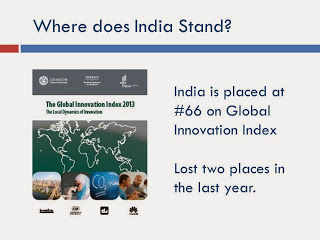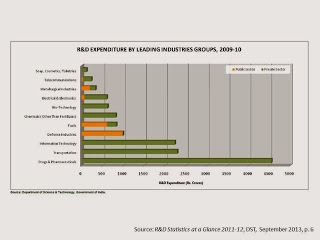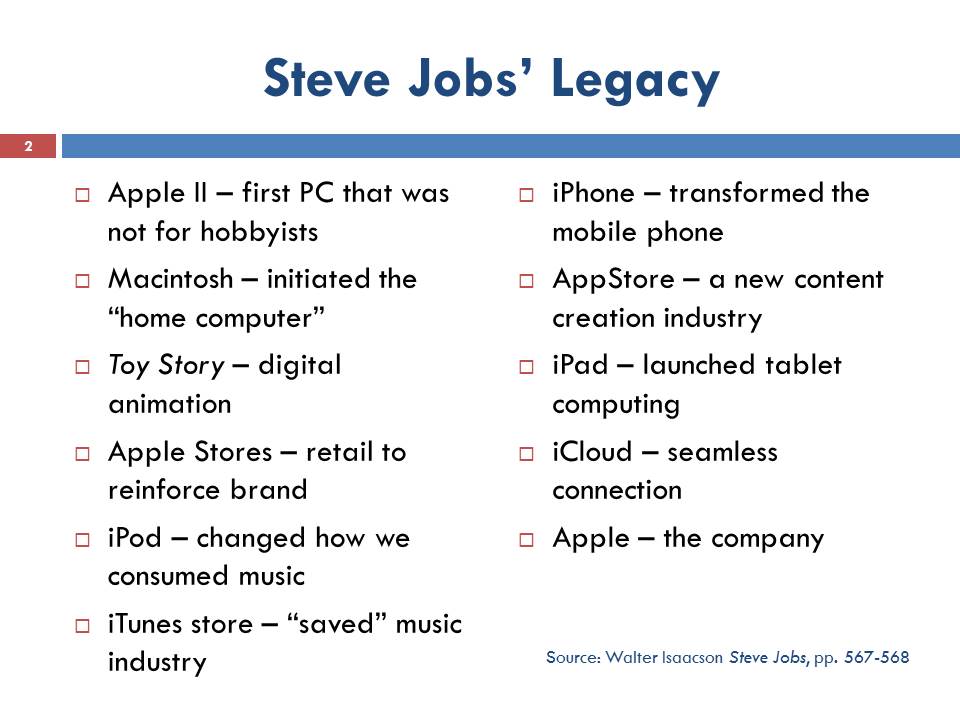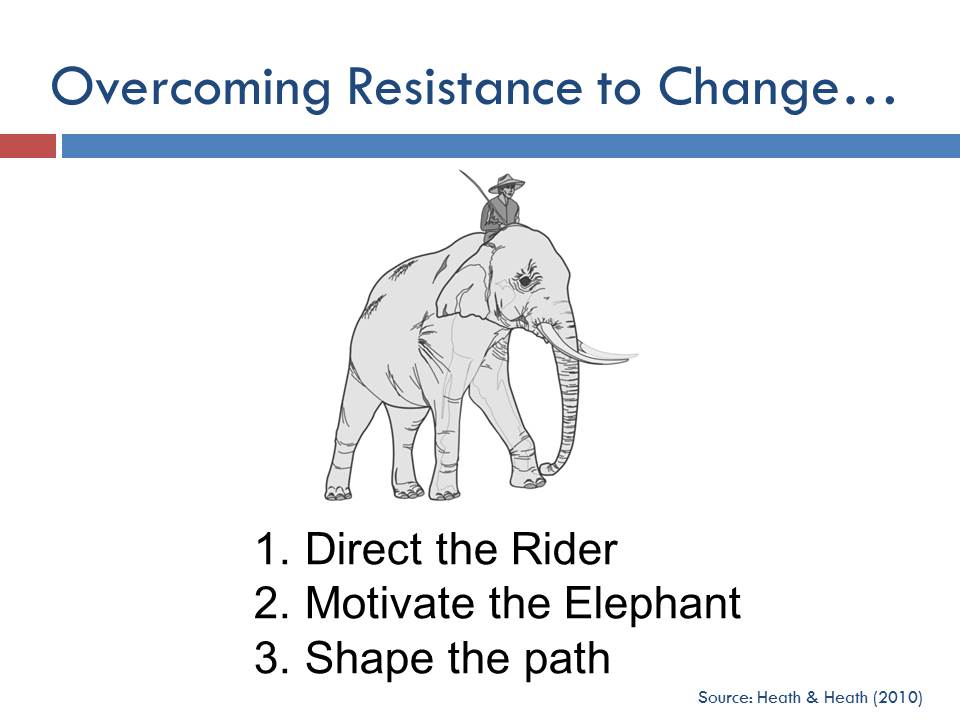The emergence of an IP and technology-based leader from India will have a bigger long-term impact than a few Indians heading major global corporations
Isn’t it strange that we were obsessed with happenings at Google while the really momentous news of the coming of age of a serious desi challenger got lost in the noise?
Sundar Pichai and Google
News of Sundar Pichai’s ascension to the Google throne hogged media headlines for almost a week.
While I could understand the excitement instigated by the front page of Dainik Bhaskar in a young tier-2 and tier-3 city audience for whom a compensation of Rs 300+ crore would seem out of this world (however misleading that figure is since Pichai’s actual compensation in his new role is not known, and conversion from dollars to rupees doesn’t make sense anyway), the hoopla in the metro-based English language press was surely misplaced.
 After all, what’s surprising? Indians including Ajay Banga (MasterCard), Victor Menezes (Citibank), Indra Nooyi (PepsiCo) and Anshu Jain (Deutsche Bank) have been CEOs of global corporations. And it’s now more than 20 years since Rajat Gupta became the CEO of the world’s bluest blue management consulting firm—McKinsey!
After all, what’s surprising? Indians including Ajay Banga (MasterCard), Victor Menezes (Citibank), Indra Nooyi (PepsiCo) and Anshu Jain (Deutsche Bank) have been CEOs of global corporations. And it’s now more than 20 years since Rajat Gupta became the CEO of the world’s bluest blue management consulting firm—McKinsey!
Indians are smart, ambitious and can communicate well. Once they have studied at a top US university and worked there for a while, they fit well into American corporate life, capable of discussing football and technology, and being politically correct. Most importantly, they can be quite conformist and refrain from rocking the boat. Clearly a good choice if you are a culturally diverse company like Google.
And, mind you, this may not really be the throne anyway as Larry Page and Sergey Brin are just one degree of separation away.
I have nothing against Pichai who appears to be a perfectly competent technical manager with the right credentials. But for me there were more interesting and promising events happening recently that didn’t get the attention they deserve.
What We Should Have Focused On…
For years now, we have bemoaned the absence of a Google-like company from India. Yes, we have had successful tech enterprises from India but these have been in the difficult-to-relate-to business-to-business (B2B) IT services space. The real big news of the last few weeks is that we now see some green shoots pointing to the emergence of an IP and technology-based leader from India.
On August 5, in a virtuoso performance that had a clear Steve Jobs touch to it, the CEO of InMobi, Naveen Tewari, introduced his company’s new advertising platform, Miip, to a gathering of who’s who in the technology world at Bangalore.
For the technological cognoscenti, InMobi is not a new company. It calls itself the “world’s largest independent mobile advertising platform”. Funded by Softbank, Kleiner Perkins Caufield and Byers and Sherpalo to the tune of $220 million, InMobi reportedly served 2.2 trillion advertisement requests in 2014. Its revenues are not in the public domain though some reports suggest that they could be as high as $500 million.
So, What Is Miip and Why Is It Significant?
Firstly, mobile advertising is huge and growing rapidly. With the shift of the internet to the mobile, most dramatically underlined by some Indian e-commerce giants’ decision to be “mobile-only”, the clear trend is for advertising on mobile.
Secondly, the whole promise of internet-based advertising (and now mobile-based advertising) is better targeting and customization. But this promise has to a large extent been belied. I am repeatedly amused by the fact that after I have purchased a ticket from, say, Indore to Delhi, I see online advertisements offering me low-priced Indore-Delhi tickets. These are completely wasted on me.
And, as InMobi keeps reminding us, many users see advertising as a distraction and an intrusion rather than something they find useful or enjoy.
Most extant internet or mobile-based advertising is intent-driven. You search for something you want to buy by entering it in a dialog box, and the search engine helps you by displaying related advertisements in addition to the search results. Once you have done such a search, related advertisements keep popping up even though the purchase may have been completed or you no longer have the requirement.
Such advertising makes limited use of analytics and doesn’t prompt you to check on other things you may be interested in. The range of products or services offered is also very narrow even though we know that there are hundreds if not thousands of companies that may be offering other products or services that may be of interest.
InMobi’s Miip is a mobile-based discovery platform that not only uses advanced analytics to overcome this problem, but also features a cute mascot that enters into a dialogue with the user to make suggestions and elicit user feedback. Along the way, the user can consult her friends before making a purchase choice using social media. All of this is done with high-quality visual content that exploits the superior graphics of today’s smartphone screens. Together, these enable an enjoyable and comprehensive shopping experience.
What’s significant in this case is that the company is already a strong player in the mobile advertising space, having entered at the right time about seven years ago. This gives it the muscle and the connections to capitalize on a big bet like Miip .
I particularly liked the launch of Miip in San Francisco, Bangalore and Beijing in quick succession, as these could very well represent loci of technological advancement and economic growth for the next decade. Unlike the earlier generation of Indian companies that shunned collaboration, it was good to see InMobi sharing space with important partners like Paytm and Walmart at the launch event itself.
I have only one regret about InMobi: I wish it wasn’t into push-based advertising that will promote even more consumerism.
India as a Product Nation
India’s success in services came from our ability to write high-quality software at low cost, without the need to make large irreversible upfront investments in technology or products. Companies like InMobi represent a new frontier where we are taking large bets and investing in platforms and new technologies.
This article is not only about InMobi, but about this new generation of companies that’s changing the way we do business. If sustained, this trend could help India become a Product Nation. In the long run, that would have much more impact than a few Indians heading major global corporations.


 The first was to revel in stories, as these are the best ways to share the hope and meaning of human progress. I couldn’t agree more. This is why, inspired by the Heath brothers Chip and Dan, Vinay Dabholkar and I centred our book 8 Steps to Innovation: Going from Jugaad to Excellence (HarperCollins, 2013) around stories. Stories, and even myths at times, play a crucial role in overcoming the fear of failure, one of the biggest obstacles to innovation. One of the world’s most innovative companies, 3M, does this wonderfully well when it encourages storytelling about the hundreds of inventors within the company who went on to succeed at last in spite of failing many times on the way.
The first was to revel in stories, as these are the best ways to share the hope and meaning of human progress. I couldn’t agree more. This is why, inspired by the Heath brothers Chip and Dan, Vinay Dabholkar and I centred our book 8 Steps to Innovation: Going from Jugaad to Excellence (HarperCollins, 2013) around stories. Stories, and even myths at times, play a crucial role in overcoming the fear of failure, one of the biggest obstacles to innovation. One of the world’s most innovative companies, 3M, does this wonderfully well when it encourages storytelling about the hundreds of inventors within the company who went on to succeed at last in spite of failing many times on the way. Like many people, I dislike long flights, particularly since my body does not deal well with jet lag. I therefore try to avoid visiting the United States more than once a year. But every time I visit that country, I remind myself how important it is to keep in touch with what is still the powerhouse of the global economy, for that enables a better understanding of India’s challenges in the years ahead.
Like many people, I dislike long flights, particularly since my body does not deal well with jet lag. I therefore try to avoid visiting the United States more than once a year. But every time I visit that country, I remind myself how important it is to keep in touch with what is still the powerhouse of the global economy, for that enables a better understanding of India’s challenges in the years ahead.


 In fact, disruptive innovation can be subject to legitimate criticism, but not along the lines of many of Lepore’s arguments. Christensen sees disruptive innovation as a new way of doing things that is often inferior to the existing way, but one which advances rapidly thereafter, so much so that it can overtake the sustaining innovation trajectory at some point. One of the difficulties I have always found is identifying which (potentially) disruptive innovation will actually succeed and which will fizzle out.
In fact, disruptive innovation can be subject to legitimate criticism, but not along the lines of many of Lepore’s arguments. Christensen sees disruptive innovation as a new way of doing things that is often inferior to the existing way, but one which advances rapidly thereafter, so much so that it can overtake the sustaining innovation trajectory at some point. One of the difficulties I have always found is identifying which (potentially) disruptive innovation will actually succeed and which will fizzle out. India routinely does badly on the World Bank’s survey on ease of doing business. But, from talking to entrepreneurs, I get the sense that setting up a new services business is fairly straightforward, that’s why we see so many new service businesses springing up all the time. While there is always scope for improving the time taken to set up a service business, the real issue is with manufacturing businesses.
India routinely does badly on the World Bank’s survey on ease of doing business. But, from talking to entrepreneurs, I get the sense that setting up a new services business is fairly straightforward, that’s why we see so many new service businesses springing up all the time. While there is always scope for improving the time taken to set up a service business, the real issue is with manufacturing businesses.













